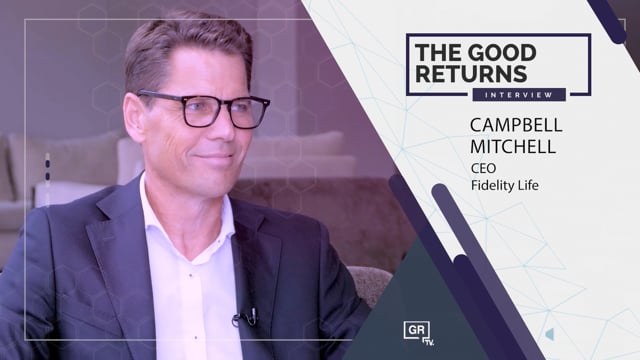Partners Life turns loss to profit
Partners Life has turned around its net loss in the year to March 31 last year into a $4.97 million profit this year, and paid out more than $62 million in commission to advisers.
Wednesday, October 2nd 2013, 3:00PM  4 Comments
4 Comments
The company's accounts show that it reported a $2.18 million loss last year on premium revenue of $7.98 million. This year it has reported a profit of $4.97 million on premium revenue of $38.37 million.
Advisers were paid $59.57 million in commission in the 12 months to March 31. Another $1.38 million was spent on shadow shares and another $19.75 million is shown as “other acquisition expenses.”
Maintenance and general growth and development costs are recorded at $8.23 million with bulk of this being commissions.
Added together total commissions and operating expenses came to $88.96 million.
Shadow Shares
Advisers also picked up more shares under the shadow share scheme.
The scheme “is designed to incentivise advisers to write strong volumes of business while maintaining good persistency over a number of years,” the company says.
It is open to all IFAs subject to minimum production criteria in each scheme year. Shadow shares are allocated at the rate of one share for each $20 of issued annual premium net of lapses.
Partners Life then waits three years to see what the persistency is like and if it is more than 85%, the adviser can choose to use the extra commission to take the shares at the price they would have been issued at three years earlier, or the net cash.
There are more than two million shares outstanding under the scheme, with a weighted average exercise price of $2.70 – up from less than one million a year earlier.
Ballantyne said the scheme meant that if the business was run well in its early years, advisers would benefit from the growth in share price. “There’s value in our business doing well for them.”
She said it was not something that would unduly influence advisers because they still needed to be able to prove their advice was right for their clients.
“But provided we can come out with product that is right for the customer, there’s an opportunity to earn wealth, and it drives persistency over the long term.”
Advisers were also issued loans of $413,761 in the year, down from more than $700,000 in 2012, and repaid almost $1 million.
The company offers loans for a term of three years, secured against an adviser’s assets.
The company’s seven executive directors were paid $1.27 million and its staff more than $10 million.
Reinsurance
Reinsurance has been a touchy issue for Partners Life - the Reserve Bank is looking at the prctice in relation to solvency standards, and whether a risk transfer occurs or whether the deal is a loan and should be reflected in accounts as such.
Partners Life said the situation was too uncertain for it to estimate any potential impact on its solvency position.
With regards to the Reserve Bank’s June consultation paper it says: “It is too uncertain for the company to be able to accurately estimate any potential impact on the company’s solvency position in respect of the matters considered in the consultation paper.”
“If certain specified termination events were to occur, the company may have been required to pay to SCOR a recapture fee equivalent tot eh credit balance of the Original Experience Account. The reinsurance treaties have been updated to significantly limit the ability of SCOR to demand immediate recovery of the amounts that may become payable to it if such a termination event were to occur, in order to protect the interests of policyholders.”
SCOR has indicated its medium-term support for the company.
Partners says its minimum solvency capital requirement are $32.17 million and it has actual solvency capital of $37.13 million which gives it a $4.96 million buffer.
Claims
Partners paid claims totalling $11.75 million in the 12-month period. Just over $5 million was paid in death claims and the rest were accounted for by trauma, disability and medical claims. It recovered $7.12 million in claims through reinsurance.
Reinsurers chipped in $7 million for the company’s $11.75 million in claims. Reinsurance cost Partners $23.1 million in the year, up from $5.2 million in 2012.
| « GPG sells out of TOWER | Make sure policies cover what clients need: Southern Cross » |
Special Offers
Comments from our readers
Sign In to add your comment
| Printable version | Email to a friend |



